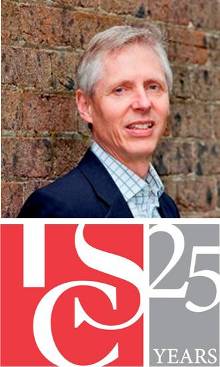The AICCM Conference wrapped up in Canberra at the week end, and I think the profession came away feeling that we are in reasonable shape. This was particularly driven by the conference focus being on the bigger contextual issues of our work, rather than the detailed expose of individual object treatments.
Three areas for me are particularly worth commenting on:
• Vicki Humphrey, the newly appointed Head of Conservation at the National Museum of Australia gave a great paper on the gentle art of persuasion. Her point is that conservators have not always been good at communicating their message and stories, and the value of their work, and that we can use some linguistic tools to help us to do so. She drew on the Aristotelian theories of persuasion to help us think better about how we communicate. These include ethos, concerning the credibility and moral competence of the source of the message; logos, concerning the rationality and logicality of the message itself; and pathos, the emotions of the audience. In other words conservators need to be authoritative as a source of information, clear and logical in what we are saying and sensitive to the audience to whom we are delivering the information.
• MaryJo Lelyveld, Conservator of frames and Furniture at the National Gallery of Victoria looked into the future with a most stimulating paper on the future for the profession using scenario planning techniques, a process she is studying for a Masters degree at Swinburne University. MaryJo included some interesting thoughts on what we as conservators need to be prepared for in the cultural sector, including:
- gameification of educational and cultural heritage experiences
- increasing commercialisation of the GLAM sector
- increased damage from extreme weather events and terrorist attack
- rise in volunteerism both out of necessity and interest
• Conservators as proponents for changes in environmental standards in the GLAM sector . This is an area I am helping to drive through chairing the AICCM Taskforce on Environmental Guidelines for Museums and Galleries. What became clear at the conference is that a) the profession is fully on board with the issues involved, including the risk of damage resulting form relaxation of temperature and relative humidity parameters but b) the profession is also up to the challenge of working with organisations and the public to explain the necessity for these changes and also minimise what damage may result to our cultural collections.
Let me know if you would like to hear more on any of these issues.
Julian Bickersteth
Managing Director
internationalconservationservices
25 years ... and 25 iconic projects
12 years ago



